-
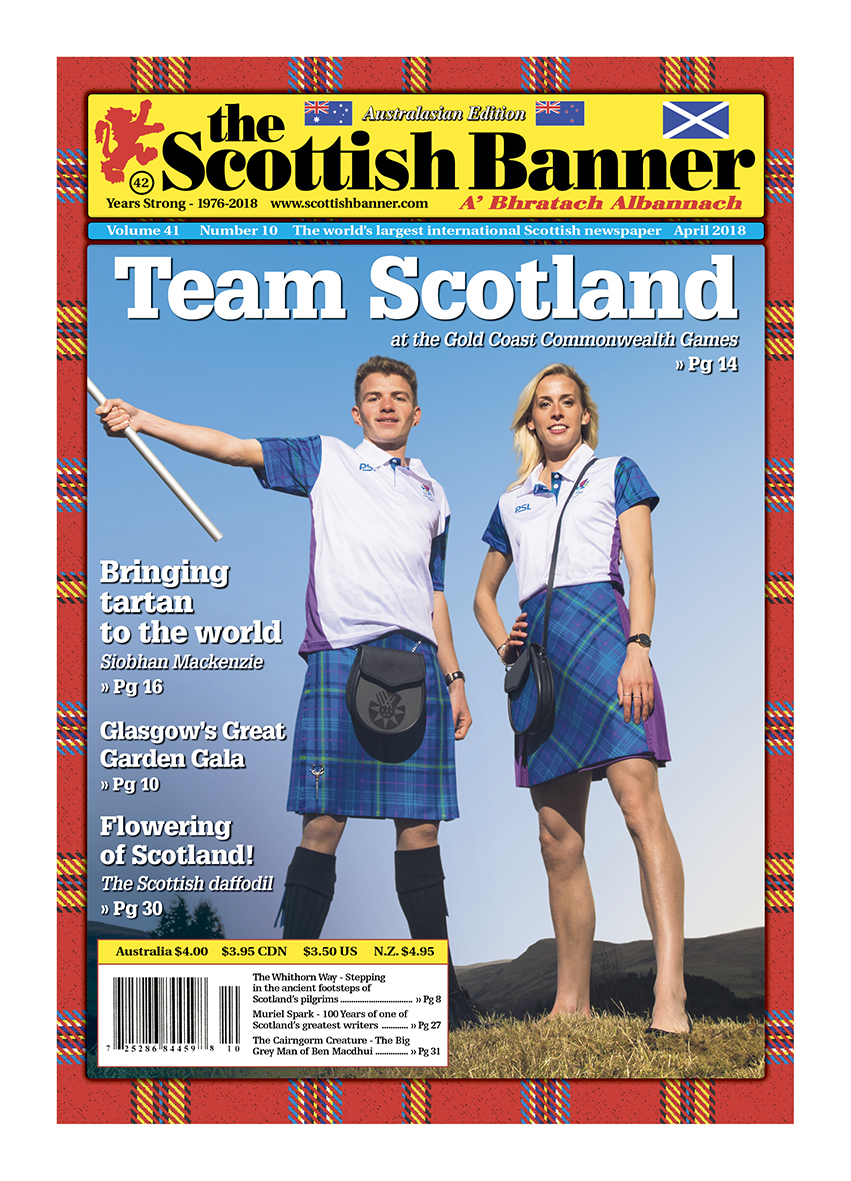
Gracing our front cover: Team Scotland track and field stars Lynsey Sharp and Andrew Butchart. Photo: Alistair Devine/Team Scotland. April 2018 (Vol. 41, Number 10)
The Banner Says…
The Tartan Revolution-A month for tartan to shine
April is upon us and for some comes with it all the wonder of spring and everything newly in bloom. For others the days draw in more and cooler more comfortable days lie ahead.
For Scots though this month is also awash with tartan, which of course is fashionable in any season. In North America Scots will be celebrating all that is great about Tartan Day. April 6th has been proclaimed as Tartan Day since a small Scottish community organisation in Nova Scotia, Canada had some very big ideas to celebrate the achievements of Scots and celebrate many people’s shared Scottish heritage by wearing some tartan on this date.
The notion of Tartan Day has grown across North America with the Governments of both Canada and the United States officially recognising Tartan Day, in addition to individual states and provinces. This month is also the 20th anniversary of the New York Tartan Day Parade which sees the Big Apple turn tartan with events and of course the main parade enjoyed by tens of thousands of spectators. This year the parade will be led by KT Tunstall, the first female Grand Marshal.
April 6th is a significant date as in 1320, Scot’s signed the Declaration of Arbroath, formally declaring their independence from England.
In the Southern Hemisphere Tartan Day is held on the 1st of July, the anniversary of the repealing of the 1747 Act of Proscription that banned the wearing of tartan. This can be confusing for many not knowing which day to follow and no doubt traction for the day would be improved if globally Tartan Day fell on the same date, regardless of where you are.
However in Australia this month tartan too will be out in full force as Team Scotland lead the international athletes at this month’s Gold Coast Commonwealth Games, with billions of people seeing the Scottish athletes in kilts at the Opening Ceremony.
Tartan revolution
Tartan is so much more than just kilts in April of course, it is a worldwide fashion icon which represents quality and craftsmanship. It is such a versatile cloth and has so many possibilities and used by fashion houses across the globe. However one nation will always be synonymous with tartan, Scotland, and today the tartan industry is worth over an estimated £1 billion to the economy.
Back in the 1980’s when the meeting of the Federation of Scottish Clans in Nova Scotia took place to recognise Scots, initially in just Nova Scotia, they could not have known the ‘tartan revolution’ they would create. A revolution which celebrates those Scots who have helped form the countries in which we all live and the unique heritage they passed down, which millions of people around the world celebrate today.
Those that worked so hard on getting Tartan Day going, including long-time friend of the Scottish Banner Jean MacKaracher-Watson, we thank for their Scottish spirit and determination, and no doubt as we all today celebrate the achievements of pioneering Scots they will be included for their passion and dedication.
In this issue
Speaking of passion and tartan we are thrilled to have Scottish designer Siobhan Mackenzie take part in this issue. This cutting edge designer from the Highlands has incorporated tartan into modern fashion and this month her designs will be worn by Team Scotland at the Commonwealth Games. Her passion for Scotland and Scottish design just proves how tartan is in safe hands and will continue to be part of the international fashion scene in the future. We also speak to the head of Team Scotland who are heading to Australia this month with hopes of having their most successful international Commonwealth Games ever-we wish them luck and look forward to helping cheer the athletes on.
Anyone who has visited Glasgow in the last twenty odd years will know it’s a city of constant change and reinvention. Gone are the industrial grit of ship building and manufacturing and in its place is a creative city boasting rich mosaic of music, culture and sport. Thirty years ago this month the Glasgow Garden Festival, a five month event which quite literally helped the city go into bloom for the future. Locals and visitors loved what the city had to offer and what the city could do and may have helped Glaswegians plant the seed that their city was not a has been of its industrial past but a city of reinvention and regeneration.
A sure sign of spring in Scotland must be daffodils when they pop up across the countryside. I was surprised to learn that Scotland is the biggest exporter of daffodil bulbs to the world. Scotland is in fact a world leader in growing daffodils with large global interest and demand in Scottish exports. The flower industry has been cultivating in Scotland for generations and the much loved flower plays an important role in the Scottish economy.
There is no doubt Scotland will be on show across the world this month whether it be through the excellence of sport or the passion of the ex-pat community, there will be plenty of ways to don your tartan and celebrate our incredible heritage.
What does tartan mean to you? Share your story with us by email, post or at www.scottishbanner.com/contact-us

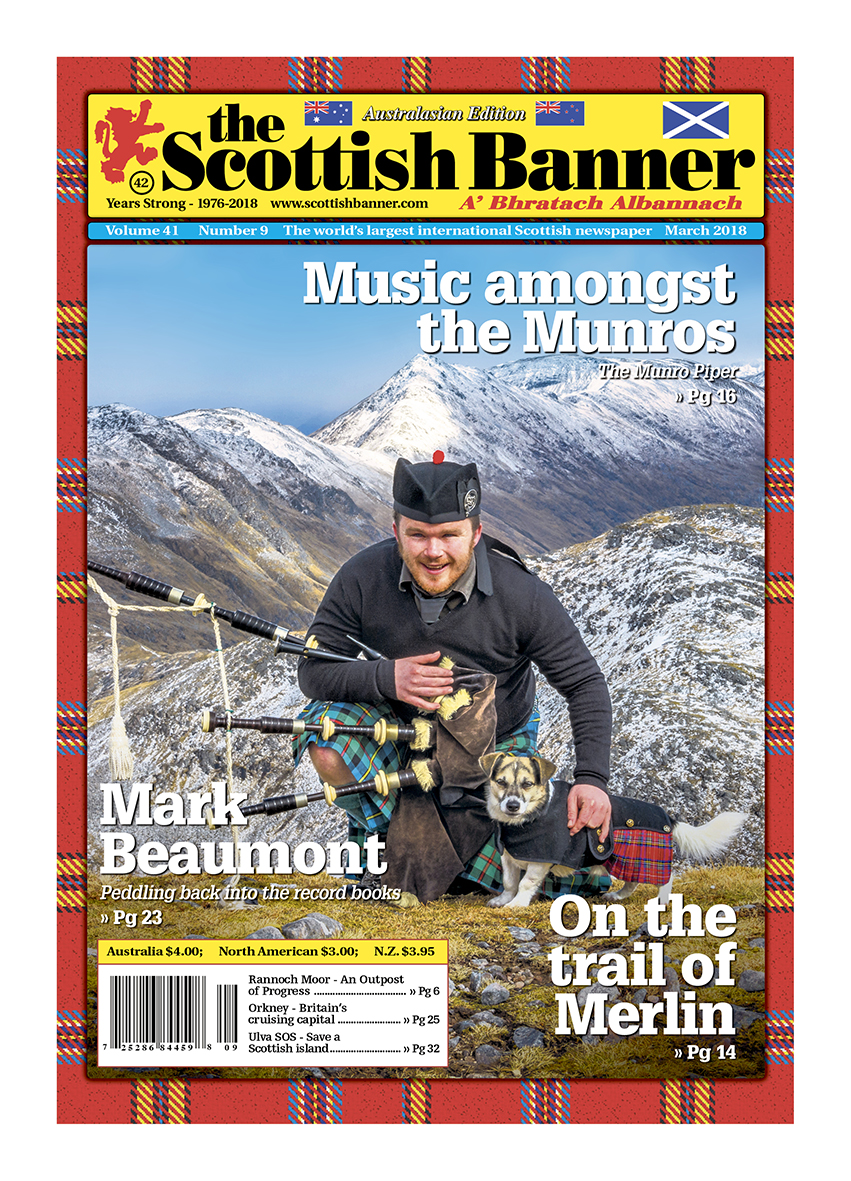
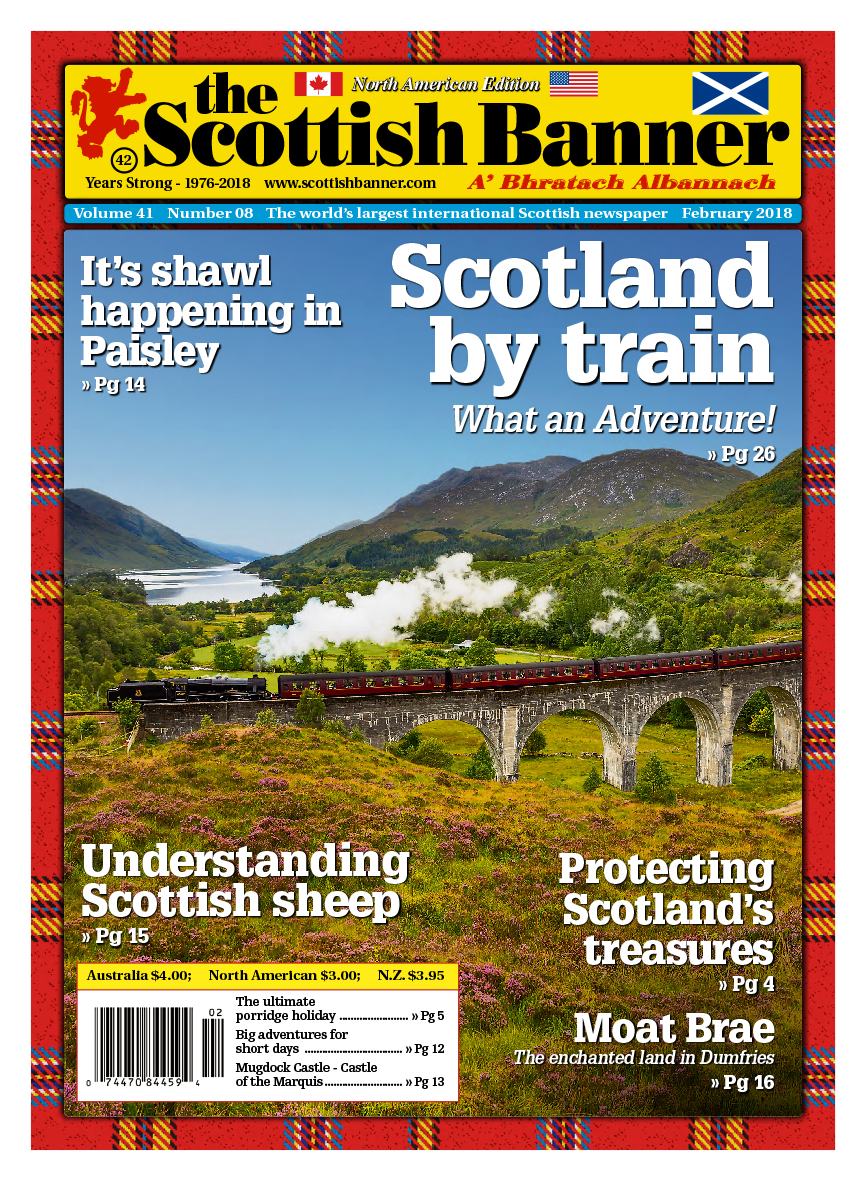


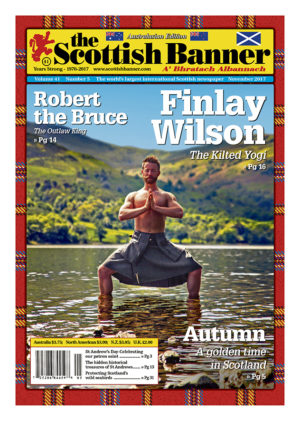
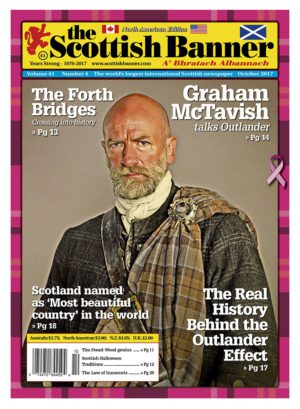



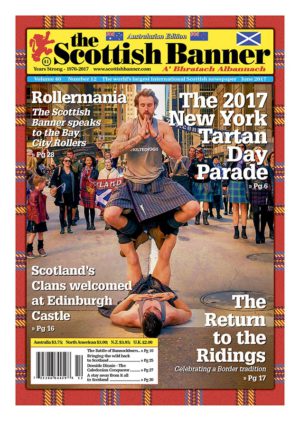



 February 2017 (Vol. 40, Number 08)
February 2017 (Vol. 40, Number 08) January 2017 (Vol. 40, Number 07)
January 2017 (Vol. 40, Number 07) December 2016 (Vol. 40, Number 06)
December 2016 (Vol. 40, Number 06) November 2016 (Vol. 40, Number 5)
November 2016 (Vol. 40, Number 5) October 2016 (Vol. 40, Number 04)
October 2016 (Vol. 40, Number 04) September 2016 (Vol. 40, Number 03)
September 2016 (Vol. 40, Number 03) August 2016 (Vol. 40, Number 02)
August 2016 (Vol. 40, Number 02) July 2016 (Vol. 40, Number 01)
July 2016 (Vol. 40, Number 01) June 2016 (Vol. 39, Number 12)
June 2016 (Vol. 39, Number 12) May 2016 (Vol. 39, Number 11)
May 2016 (Vol. 39, Number 11) April 2016 (Vol. 39, Number 10)
April 2016 (Vol. 39, Number 10)
 February 2016 (Vol. 39, Number 08)
February 2016 (Vol. 39, Number 08) January 2016 (Vol. 39, Number 07)
January 2016 (Vol. 39, Number 07)